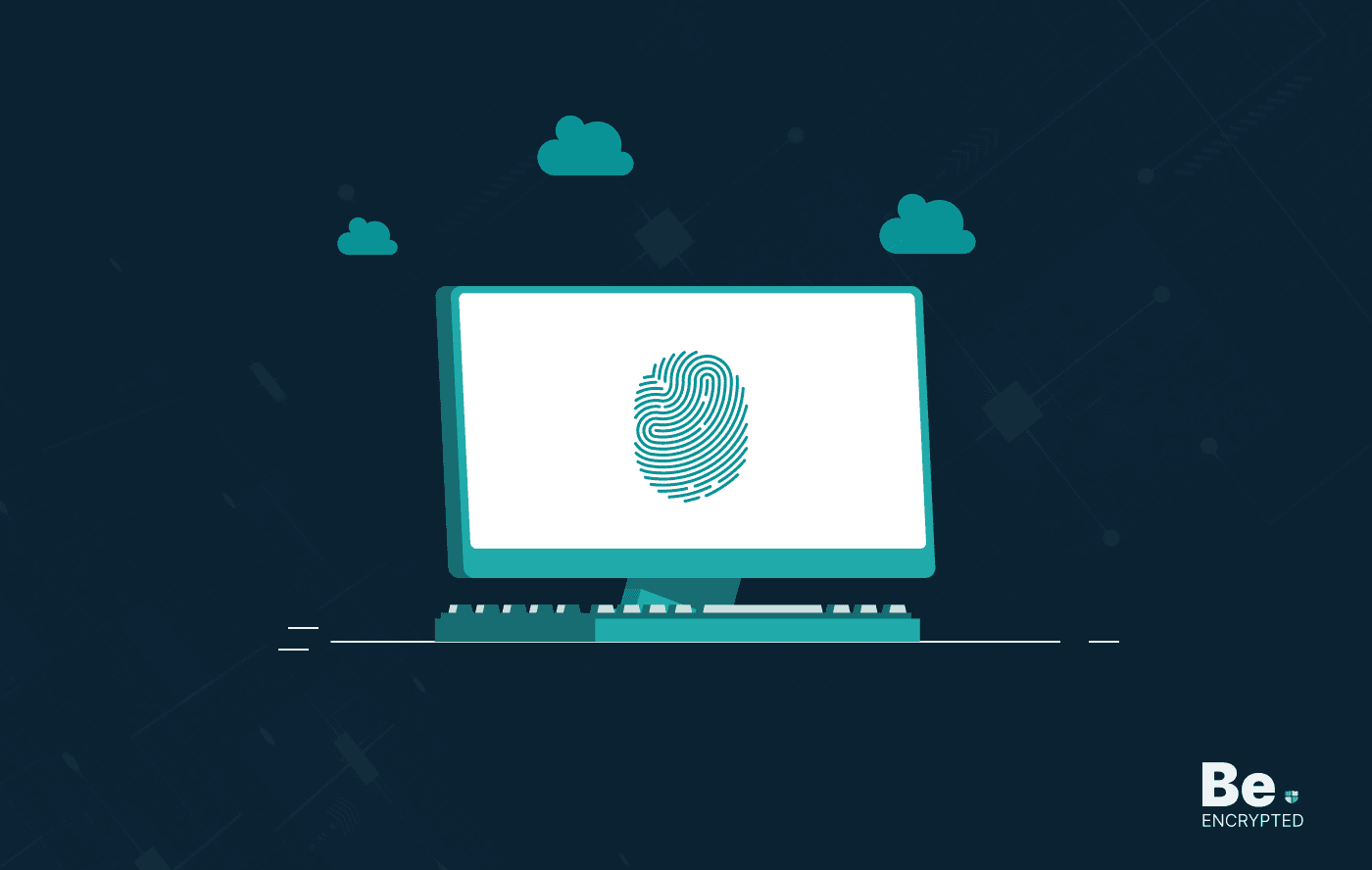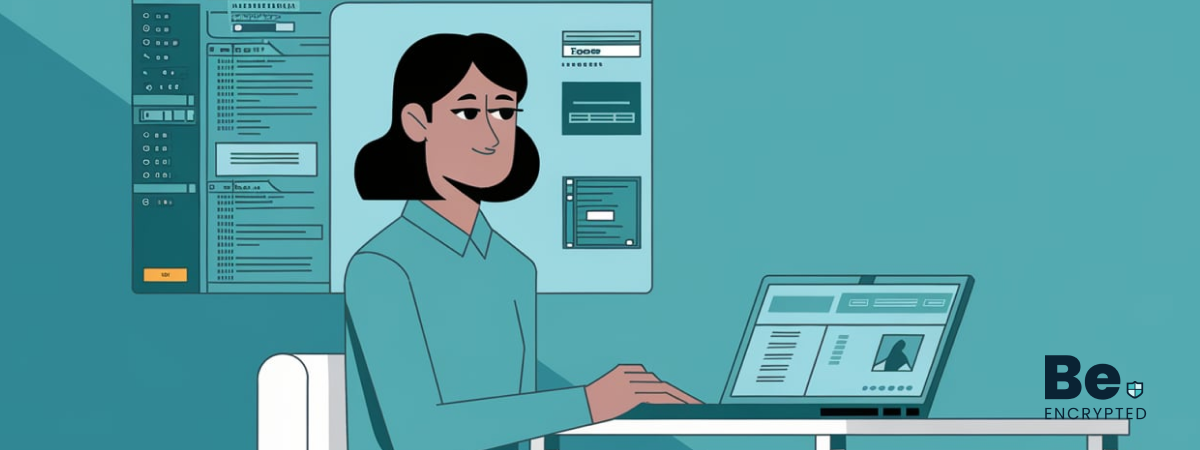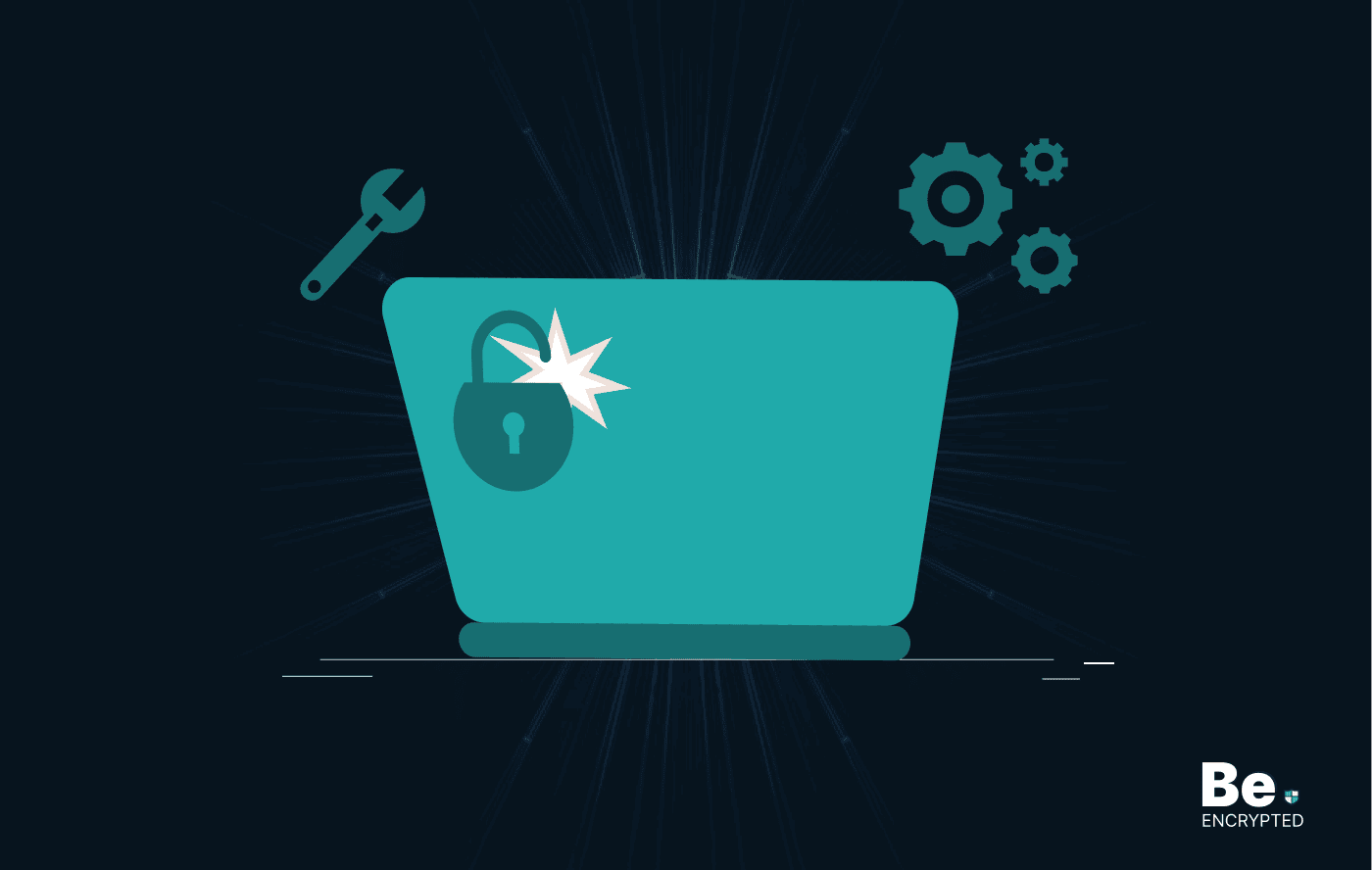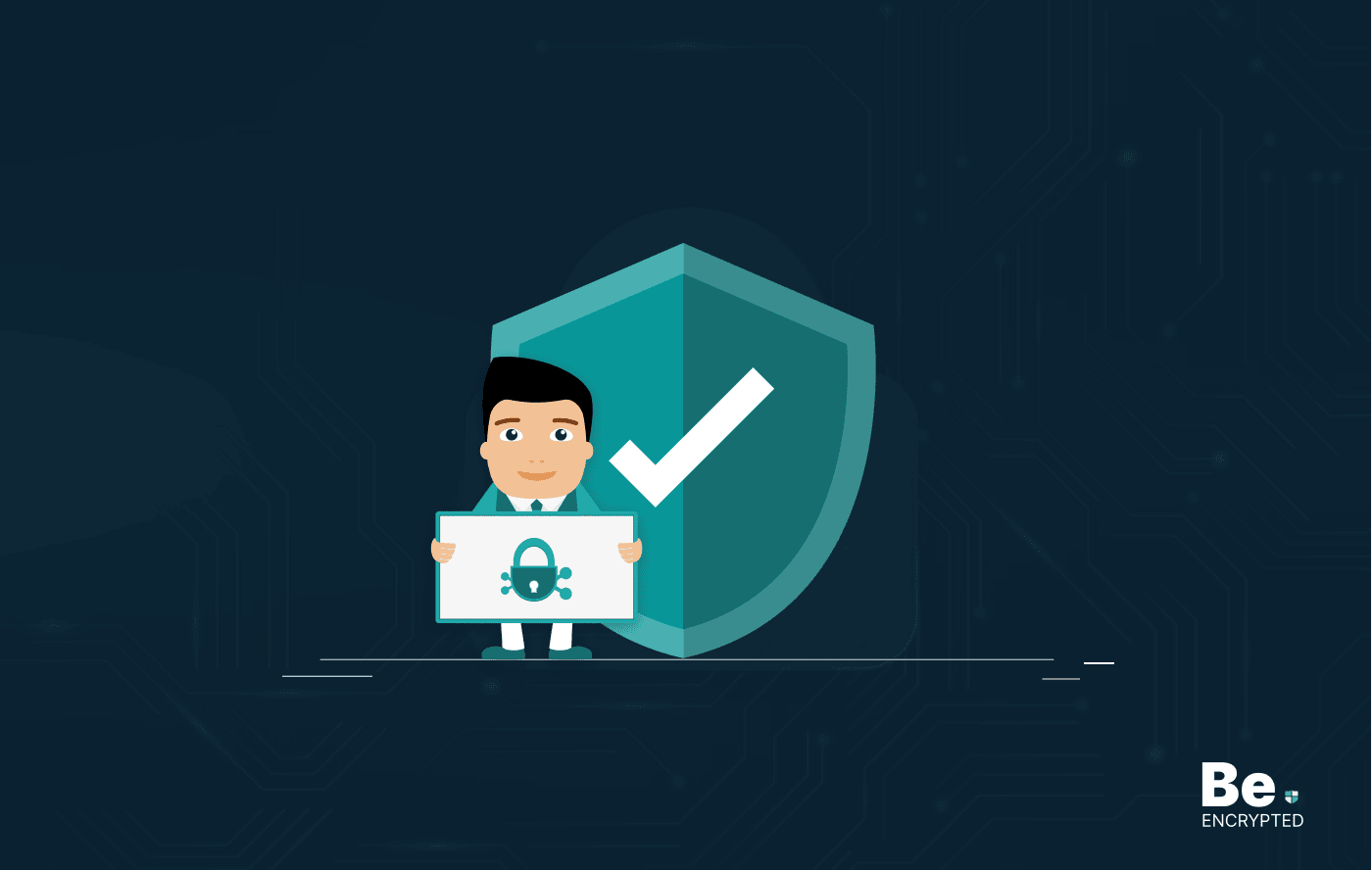Data storage has become an issue for almost all small and big businesses. However, you can store large volumes of data using the following service:
For many large companies, the data storage issue is becoming more acute daily. Volumes are growing by leaps and bounds. Even what information companies collect and store is constantly changing; therefore, companies must quickly adapt to ever-changing circumstances. There are more and more storage tools every day, and the task of company leaders is to decide how and where to store the collected and systematized data.
This increase in information collected is because companies are striving to start the digital transformation process effectively. This applies not only to large companies and organizations but also to medium and small companies. But don’t worry. Below, we mentioned the best ways to store large volumes of data.
Best ways to store large volumes of data
Several options exist for technologies that allow companies to do their jobs well. We’ll cover how businesses large and small can store their data securely.
1. Cloud
Cloud has become a popular solution for storing large chunks of data. It implies that all data is stored in one place, on a server provided by the service provider. Companies do not need to think about finding a place for servers. They can access the necessary information using an app, browser, or other software.
The advantage is clear: IT leaders don’t have to worry about what media to use, how to secure access, handle data migration, or how to back up in an emergency.
Many companies are now using the latest innovations like vSAN, which involves splitting physical servers into virtual ones. This allows companies to stop depending on giant machines that can break down or fail.
The biggest benefit is the significant savings in time and money, which the company can put to better use on more essential needs. Costs are significantly reduced. You have to pay for what you use and nothing else. This solution gives you everything out of the box, and you no longer need to worry about how the installation will go or that you need to bother with regular updates.
Do not forget the ease of access. You can get it anywhere. You need an internet connection. A computer or laptop is unnecessary because you can access information with a smartphone.
The speed of your internet connection is essential. If you don’t have access to the network or the speed is low, you will not be able to work. This is the disadvantage of this solution.
2. On-premise servers
The popularity of such a solution is beginning to fade as companies prefer innovative solutions that offer more benefits. However, servers remain an essential part of many companies today, as they are not ready to put up with issues related to confidentiality and the speed of access to information.
You cannot choose this option without buying a license to use the software product without any problems. You can get a solution that you can later install on your server. Here comes the understanding that you will be engaged in its maintenance and other issues that only professionals in their field can handle. That is why you will need a team of specialists responsible for it.
The obvious advantage of such a solution is that you are not limited in your actions. You make decisions, choose methods of integration with other systems, and also get the freedom to choose those versions that suit you best for specific purposes.
The most significant disadvantage is the increase in financial costs. You have to buy equipment, install software, perform maintenance, hire a team of professionals, and much more. For this reason, many companies refuse this solution. However, it all depends on each specific case.
Large companies that are involved in quickly updating huge amounts of data remain adherents of this solution. In addition, security and privacy play a decisive role since only you can control who has access to the information.
3. NAS
The third option is network-attached storage. Its convenience lies in getting a ready-made box with everything you need: hard drives and control boards. It is free to run, and you immediately get software for full access control. All you have to do is plug it in and start working. After that, you can start making settings using the supplied instruction manual.
The main advantages of this solution are:
- Playback. It can be connected to modern devices;
- Gaining access. If you need to get or give access to data, this can be done using any device connected to the network. It can be limited and narrowed down to open certain folders if necessary.
- Remote access is possible. As with the first solution, you can work with information from anywhere in the world; you just have to connect to such a repository.
- Privacy and security. Each organization values the ability to create backups. This can be configured automatically, and all data will be securely protected.
It is not without flaws. As with servers, the downside is the cost. It all depends on how much storage you need. The more you need, the more expensive it will be. Not every small or medium business can make a one-time purchase right away. However, maintenance costs, compared to servers, are much less.
Share this article
About the Author
Waqas is a cybersecurity journalist and writer who has a knack for writing technology and online privacy-focused articles. He strives to help achieve a secure online environment and is skilled in writing topics related to cybersecurity, AI, DevOps, Cloud security, and a lot more. As seen in: Computer.org, Nordic APIs, Infosecinstitute.com, Tripwire.com, and VentureBeat.
More from Iam WaqasRelated Posts

19 Best Vulnerability Management Software or Tools in 2024
KEY TAKEAWAYS Vulnerability management tools scan and detect weaknesses within the network that hac...

How to Detect, Identify and Fix Packet Loss with Best Tools
KEY TAKEAWAYS Packet loss reduces the speed and amount of data that flows through the network. This ...

15 Best Network Security Software – Top Pick Of Organizations
KEY TAKEAWAYS Network security software keeps the data secure and blocks malicious or potentially vu...

15 Best Virtual Machine Software for Windows in 2024
KEY TAKEAWAYS Virtual machine software is a vital tool for developers to deploy VM software to test ...

What is Software Deployment: Risks and Best Practices
KEY TAKEAWAYS Software deployment is facing various security risks amidst the advancements in the in...

Building Encryption into the Network Fabric with SASE
A network fabric is a mesh of connections between network devices such as access points, switches, a...


